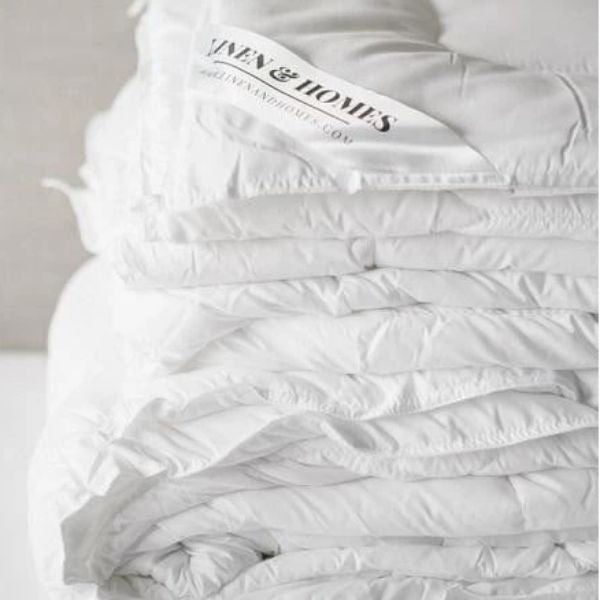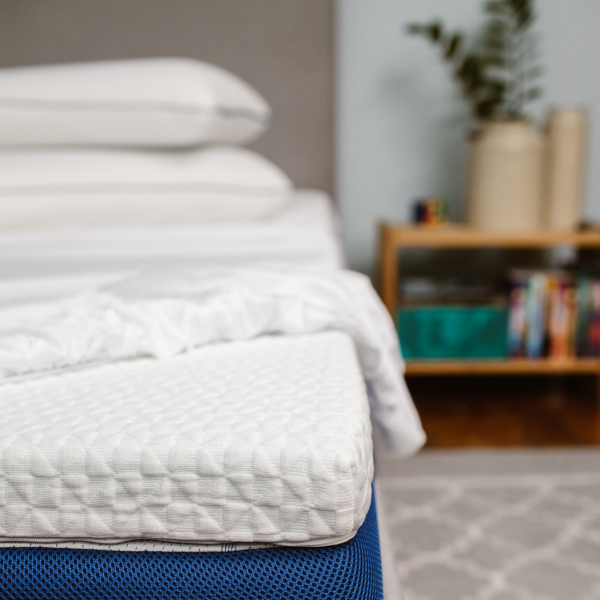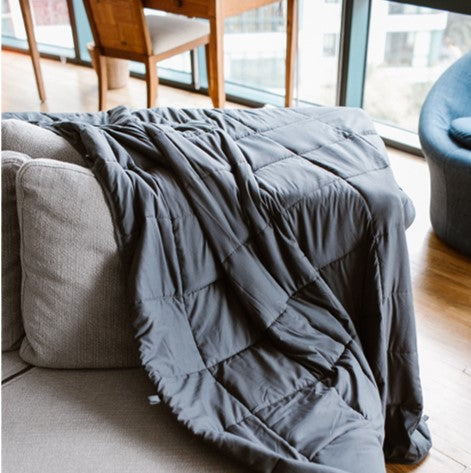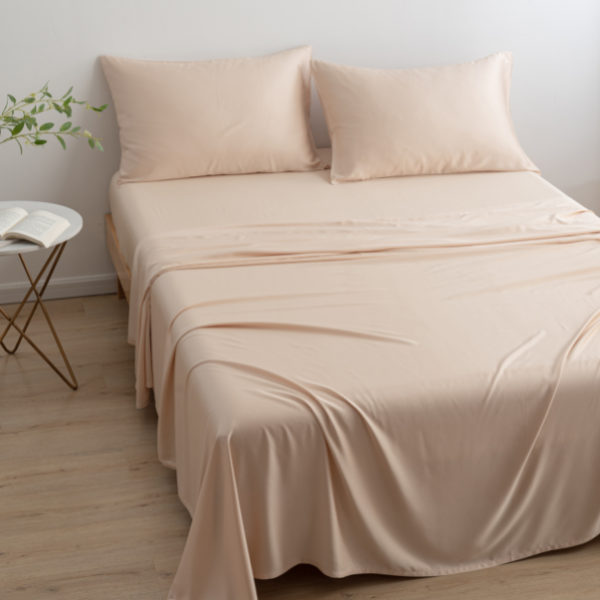FREE NATIONWIDE SHIPPING OVER PHP 1,500 | EASY RETURNS & EXCHANGES
Menu

bedding
blankets

Bamboo vs Cotton: Which Sheets Win? Truth Revealed
February 07, 2025 - 2 min read
February 07, 2025 2 min read
Living in the Philippines means navigating year-round humidity and fluctuating temperatures that can make choosing the right bedding challenging. The debate between bamboo and cotton sheets has left many Filipino homeowners wondering which option truly delivers the best sleep experience. While cotton has been the traditional choice for centuries, bamboo sheets have emerged as a powerful contender, particularly well-suited to our tropical climate.
Material Properties and Performance
The fundamental differences between bamboo and cotton sheets become apparent in daily use. Bamboo sheets offer a silkier, smoother feel, similar to high-end hotel bedding, while cotton sheets provide a more traditional fabric texture that ranges from crisp to soft depending on thread count. This distinction becomes crucial in Philippine weather conditions.
In our tropical climate, moisture management plays a vital role. Bamboo sheets excel at wicking away sweat during warm Manila nights, functioning like high-performance athletic wear. Cotton, while absorbent, tends to retain moisture, potentially leaving you feeling damp and uncomfortable. The temperature regulation capabilities of bamboo sheets actively adapt to your body’s needs throughout the night, whereas cotton sheets, though breathable, maintain a more passive approach.
Durability presents another significant contrast. Bamboo sheets typically maintain their quality for 5-6 years with proper care, while cotton sheets may show wear after 2-3 years of regular use in our climate. This longevity factor often justifies bamboo’s higher initial investment.
Environmental Impact and Health Benefits
The environmental consciousness of Filipino consumers has brought sustainability to the forefront of purchasing decisions. Bamboo grows rapidly without pesticides and requires minimal water, making it an environmentally responsible choice. Traditional cotton farming, in contrast, demands significant resources and often relies on pesticides.
Health considerations further distinguish these materials. Bamboo sheets offer natural antimicrobial properties that resist dust mites and bacteria, providing superior protection against common allergens that thrive in our tropical climate. This feature proves particularly valuable for allergy sufferers and those with sensitive skin.
Color retention and maintenance requirements also differ significantly. Bamboo sheets maintain their appearance better through frequent washing and indirect sunlight exposure, common in Philippine homes. While both materials can handle local laundry practices, bamboo sheets require gentler care to maintain their premium qualities.
Making Your Investment in Better Sleep
The choice between bamboo and cotton sheets ultimately comes down to personal priorities and lifestyle needs. While bamboo sheets generally offer superior performance in our climate, particularly in terms of moisture control and temperature regulation, quality cotton sheets remain a reliable option for those preferring traditional bedding.
Ready to experience the difference in your sleep quality? Visit Linen & Homes to explore our premium collection of bamboo sheets, specifically selected for Philippine weather conditions. Invest in bedding that combines comfort, durability, and environmental responsibility while providing the perfect solution for tropical climate challenges. Transform your sleep experience with sheets that work as hard as you do to maintain optimal comfort throughout the night.
Also in Educational
Holiday Gifts for New Parents. Bamboo Crib Sheets for Safe and Soft Sleep
November 30, 2025 6 min read
Read MoreHoliday Gifts for People with Back Pain. Orthopedic Pillows That Help
November 30, 2025 7 min read
Read MoreOrthopedic Pillows for Neck Pain That Make Life-Changing Holiday Gifts
November 30, 2025 7 min read
Read More








